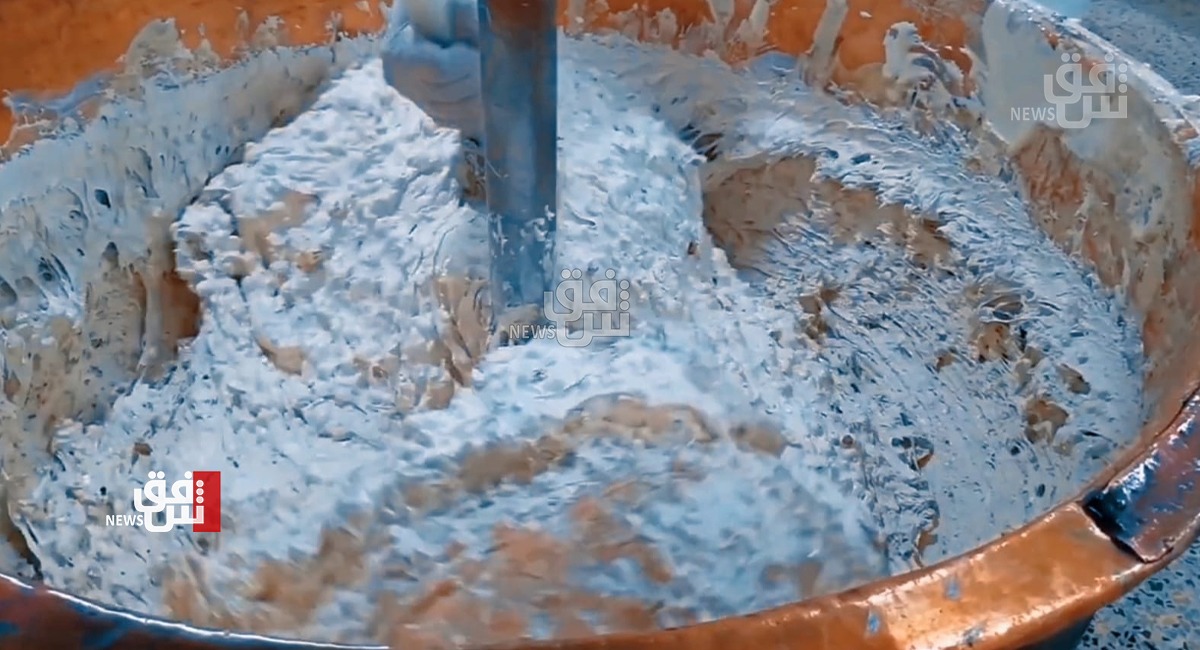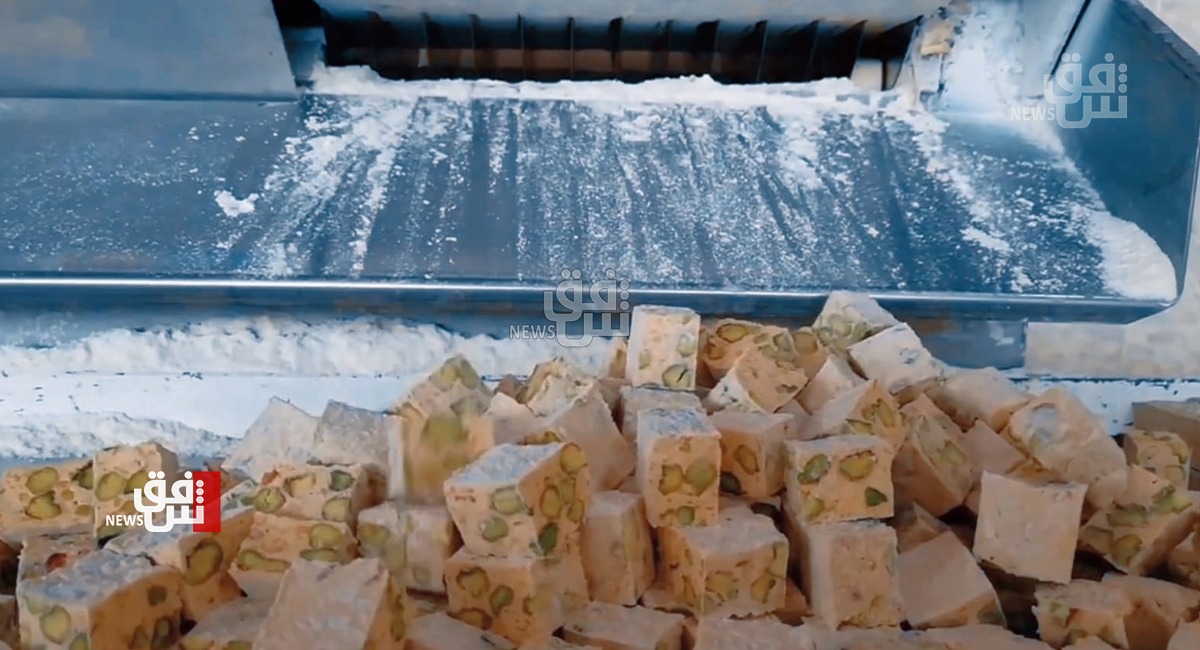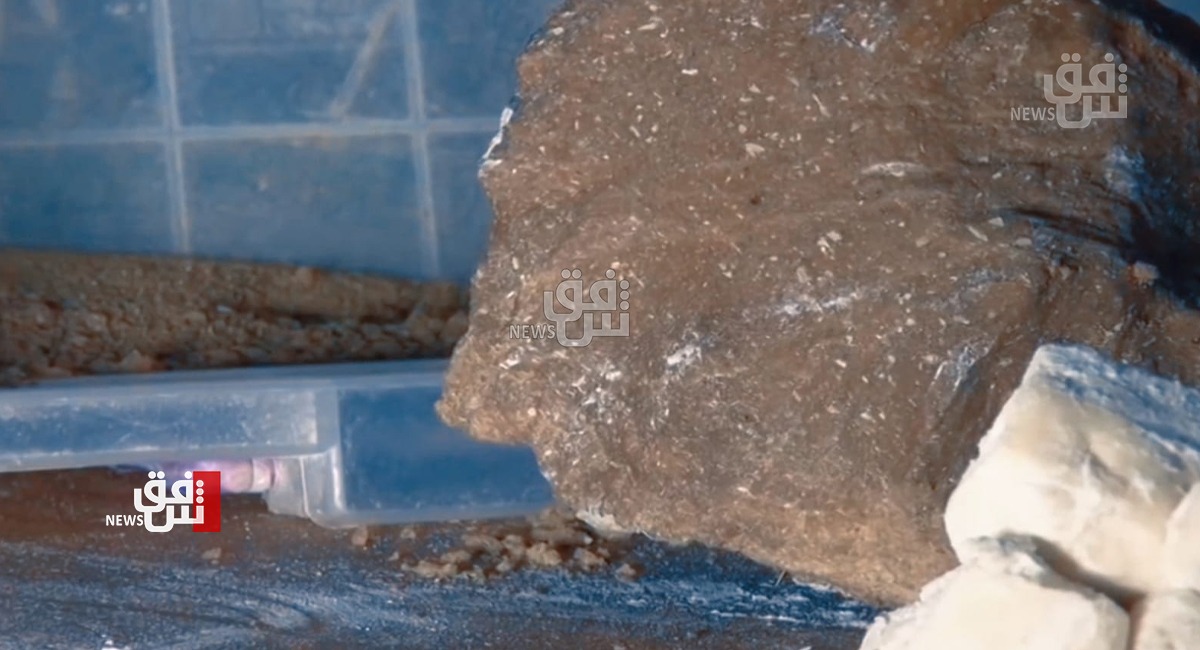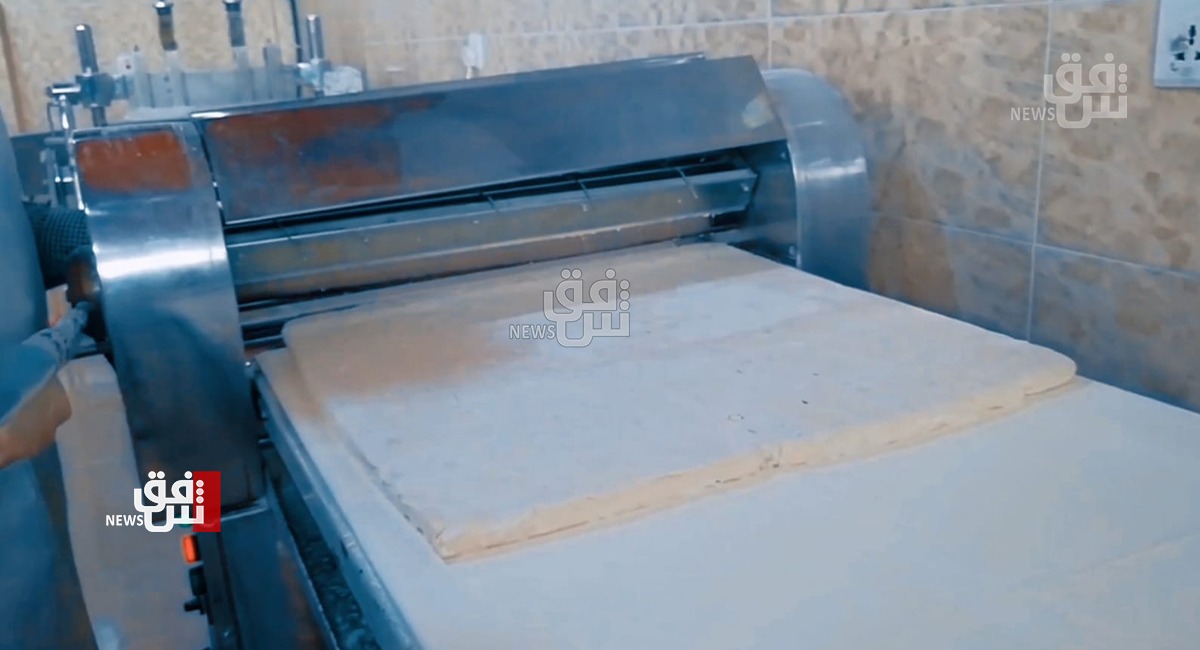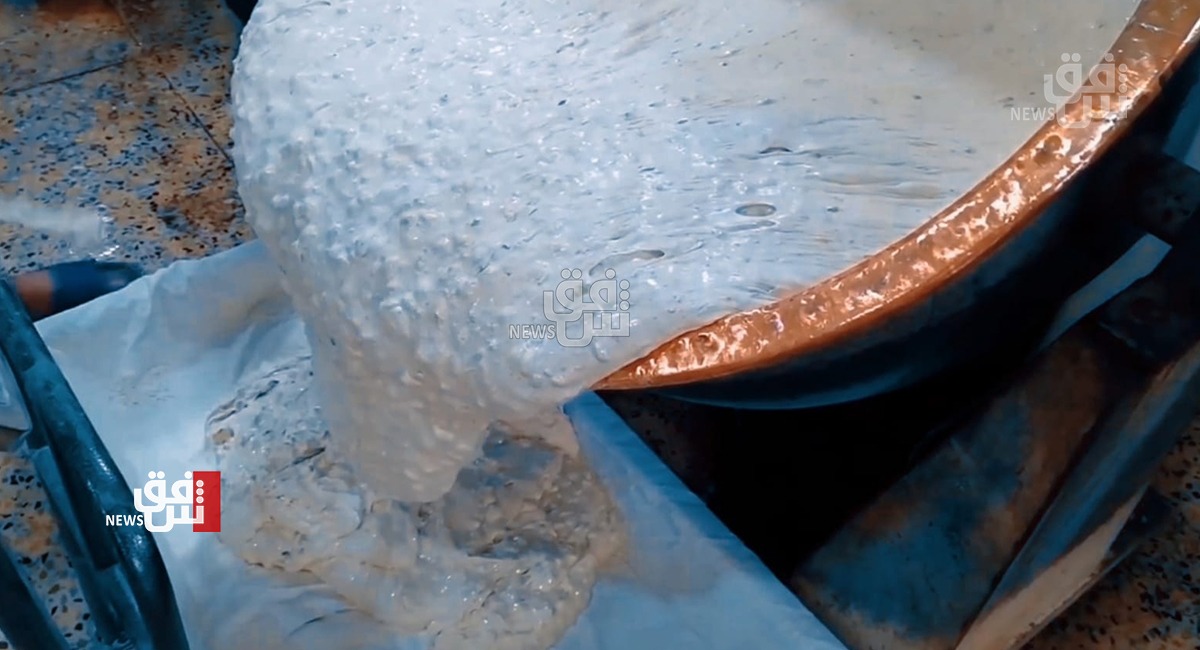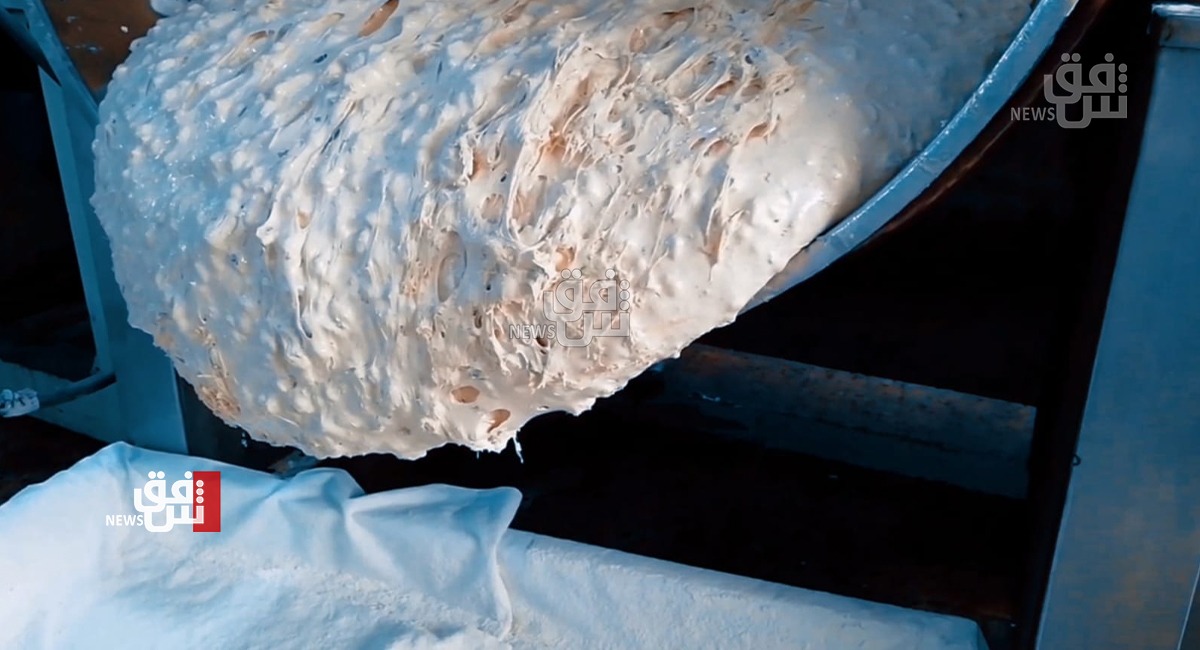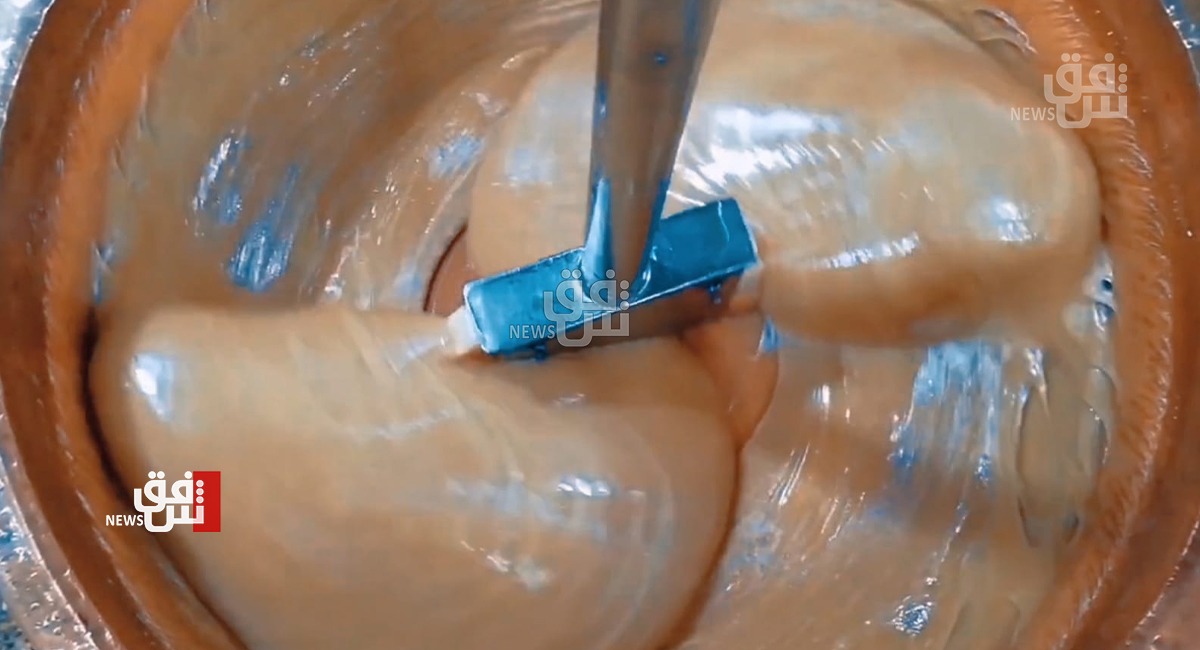Manna of heaven: al-Sulaymaniyah's hallmark and Kurdistan’s Natural candy
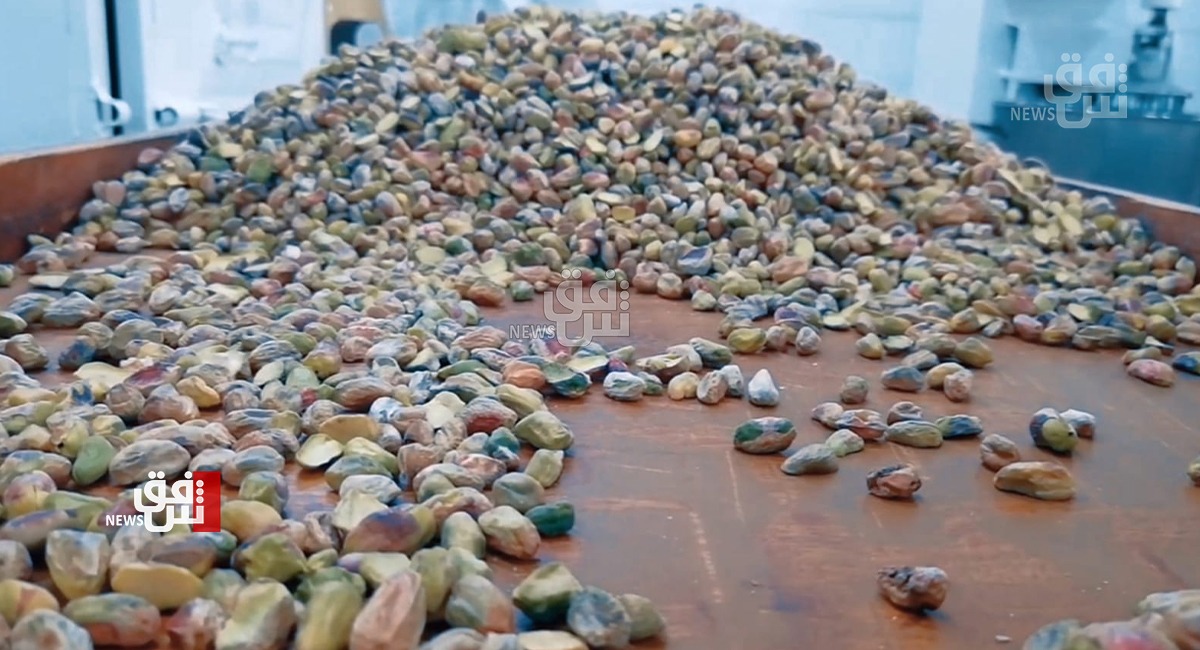
Shafaq News/ Kurdistan's unique nature offers many gifts that the people of Kurdistan were singled out for its production. Man al-Sama (the Manna of heaven) in Arabic or Balgazu in native Kurdish is an example of many. Man al-Sama is harvested from the leaves and branches of trees in the mountains near al-Sulaymaniyah border areas with Iran, specifically Penjwin.
According to persons familiar with this type of cuisine, the Manna of Heaven is the only edible foodstuff that descends from the sky on the mountains near al-Sulaymaniyah. These qualities were one of the reasons why Man al-Sama candy is a national product that distinguishes al-Sulaymaniyah from other Iraqi cities famous for making it.
For all of that, Man al-Sama trade leads the confectionery markets currently.
According to sources, the annual production of Man al-Sama amounts to approximately tens of tons because it is a purely natural substance with a distinct taste; perhaps this is why it is the best in the market and fulfills popular demand, particularly among tourists.
Twana Abala, who inherited the profession of making Man al-Sama from his ancestors, said that its main substance is produced by nature; it rains on the leaves and branches of oak trees like flour in Penjwin city near al-Sulaymaniyah. Therefore, this city is famous for making Man al-Sama.
"This raw material is in the form of rocks that we break into dust. It usually has a bitter taste. In addition, it is a sticky glue that tends to be green before being processed," Abala told Shafaq News agency, "There are steps and efforts made to process and turn it into a very delicious dessert."
"We buy Man al-Sama’s raw material after farmers collect it from trees in the form of blocks weighing between 4 and 10 kilograms. Man al-Sama takes days to complete after adding the basic ingredients, including nuts and different flavors," he said.
He continued, "Making this candy involves several phases, beginning with purifying the raw material of contaminants, followed by soaking it in water for a day to cleanse it. By the end of this phase, it turns into a liquid substance. The process of boiling the material in a large pot begins afterward. It takes about eight hours until the liquid loses half its volume and spontaneously transforms into a sweet taste without adding any sugar. This is how the original raw material is differentiated from others. Following that, the material is bleached using egg whites and cooking the sweet liquid for three hours, followed by the addition of nuts, walnuts, and pistachio to give it a delicious taste. Flavors, such as cardamom or rose water, are also added to give it a distinct taste that may vary from factory to factory."
"Nearly 50-60 kilograms are boiled in every cook, and the pistachios added to it amount to about 40 kilograms. In this final stage, we leave the mixture for one to two days. After that, we cut it into the desired forms and add some flour to prevent the candy from sticking together. Later, it is filled in wooden boxes with flour to keep it from moisture and rot."
"This is the traditional method to make it. Then it is wrapped in transparent wrapping," he said, "some customers order luxury packages to be offered in hotels or first-class restaurants as gifts from Iraq."
"The price per kilogram ranges from 7,000 to 20,000 Iraqi dinars, depending on the method of industry and the raw materials used," said Hama Gharib, a local vendor in al-Sulaymaniyah.
"Demand for Min al-Sama exists all year round, especially by the Arabs who buy it as special gifts, and usually, demand increases in Ramadhan and the holidays of Nowruz," Ghraib added.
"Min al-Sama has a nutritional value that activates the nervous system and stimulates the memory," nutrition specialist Dr. Sarah Ali told Shafaq News agency.
